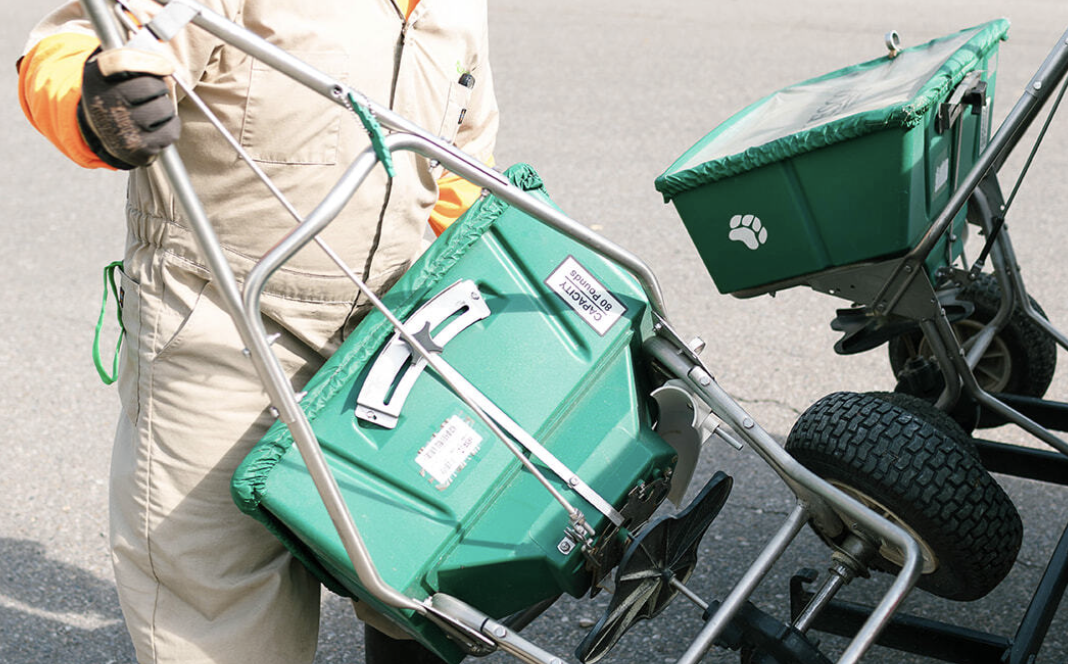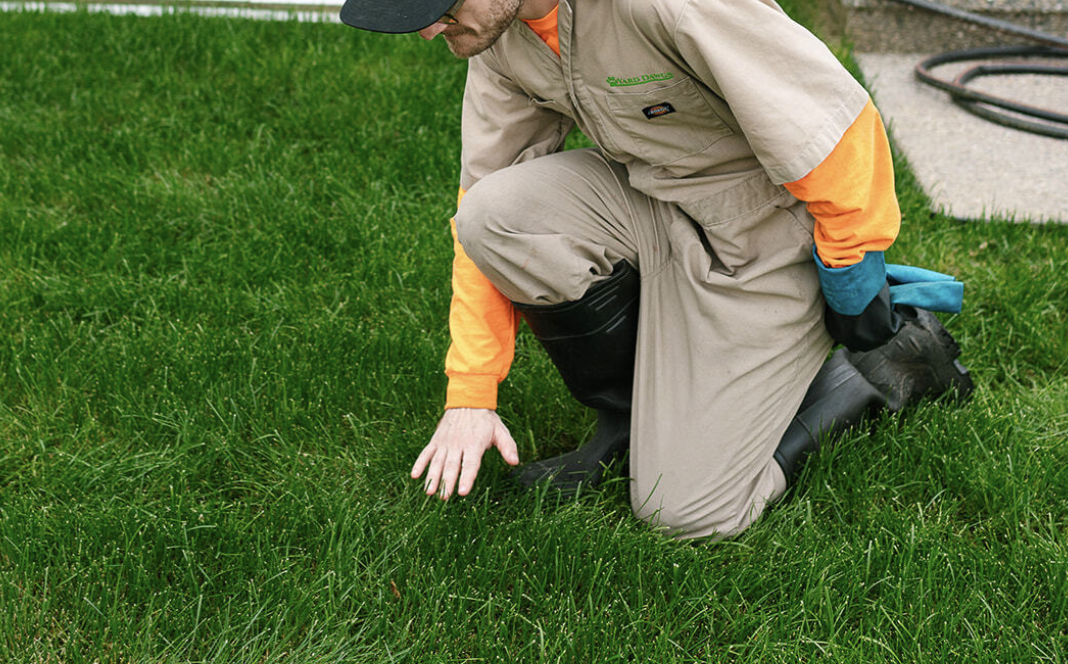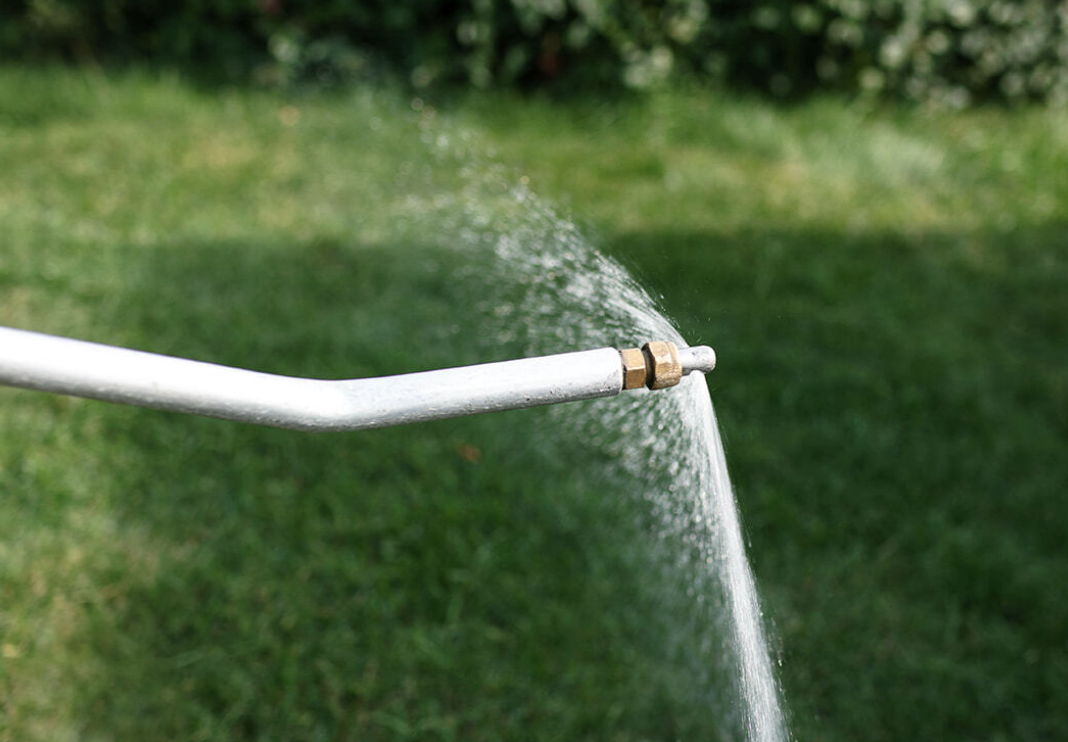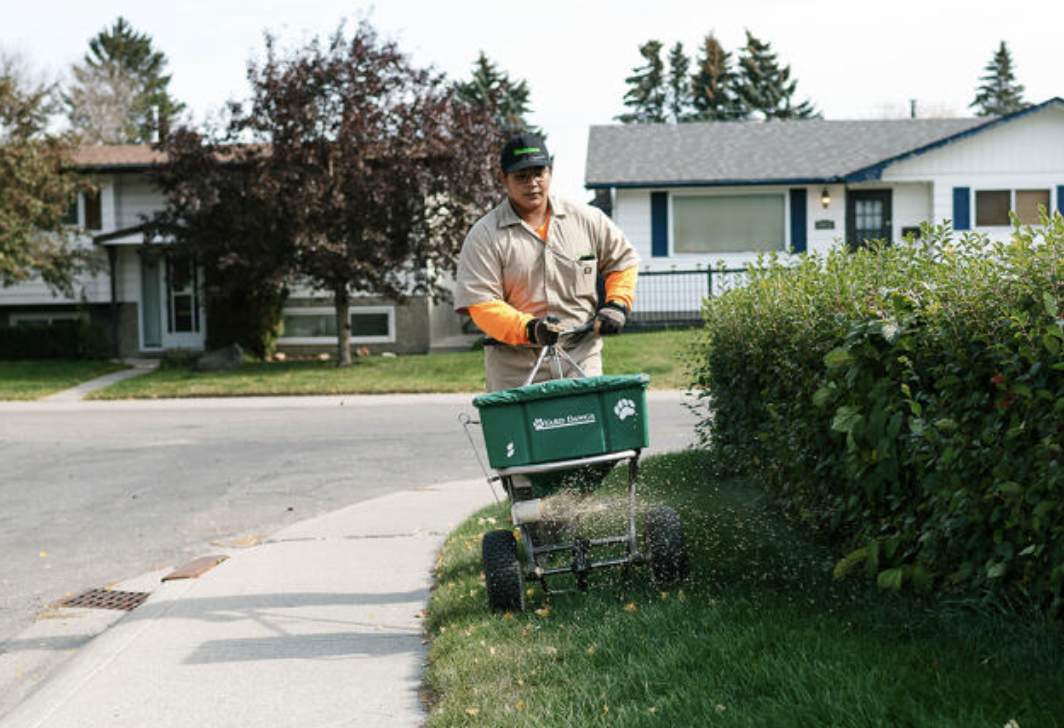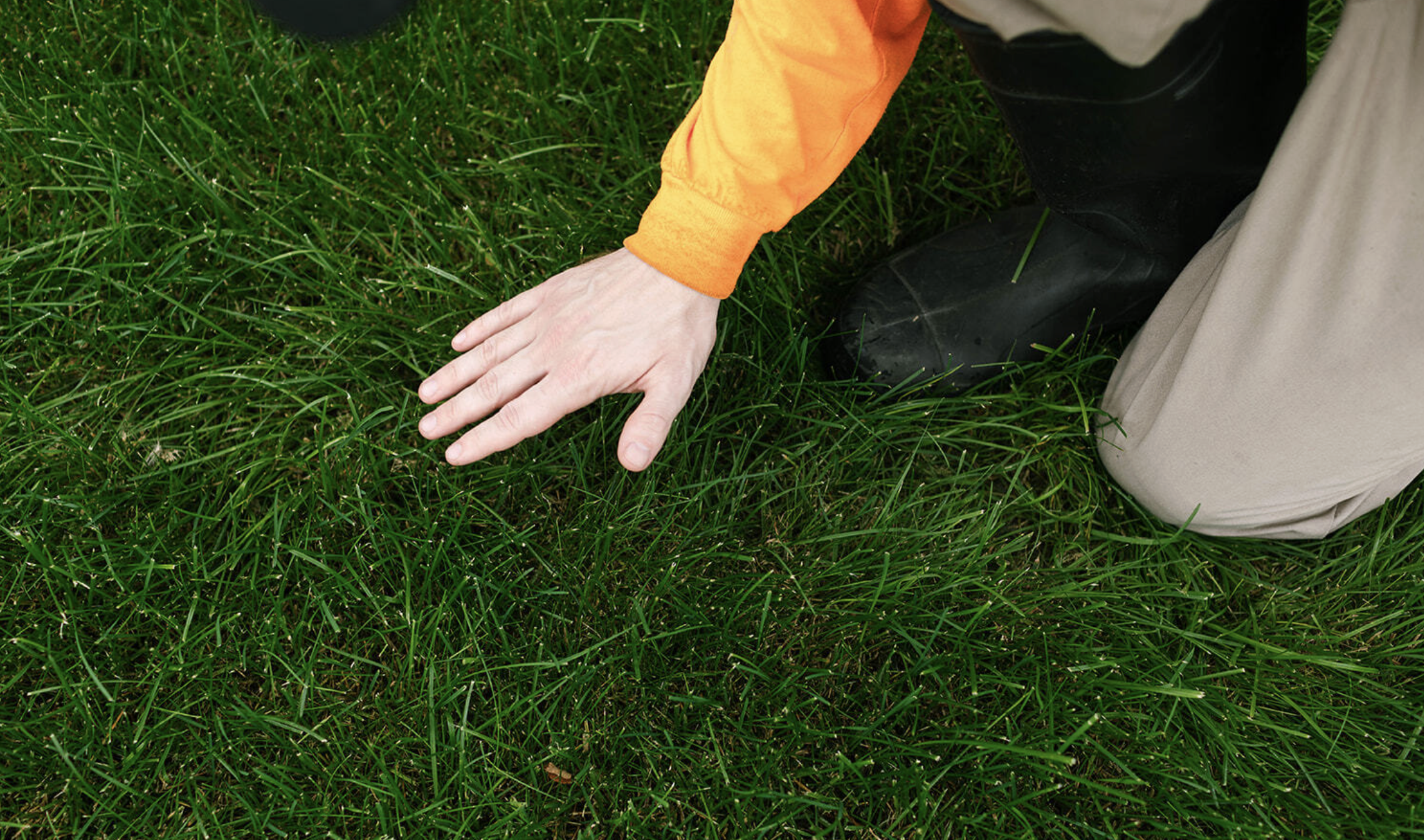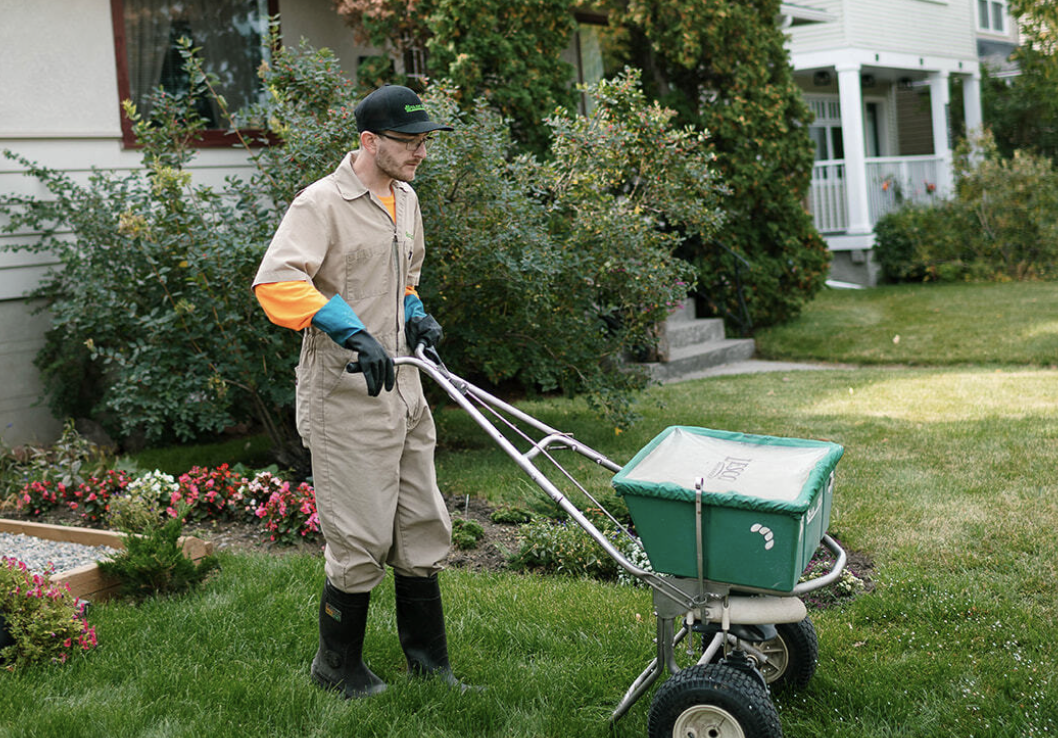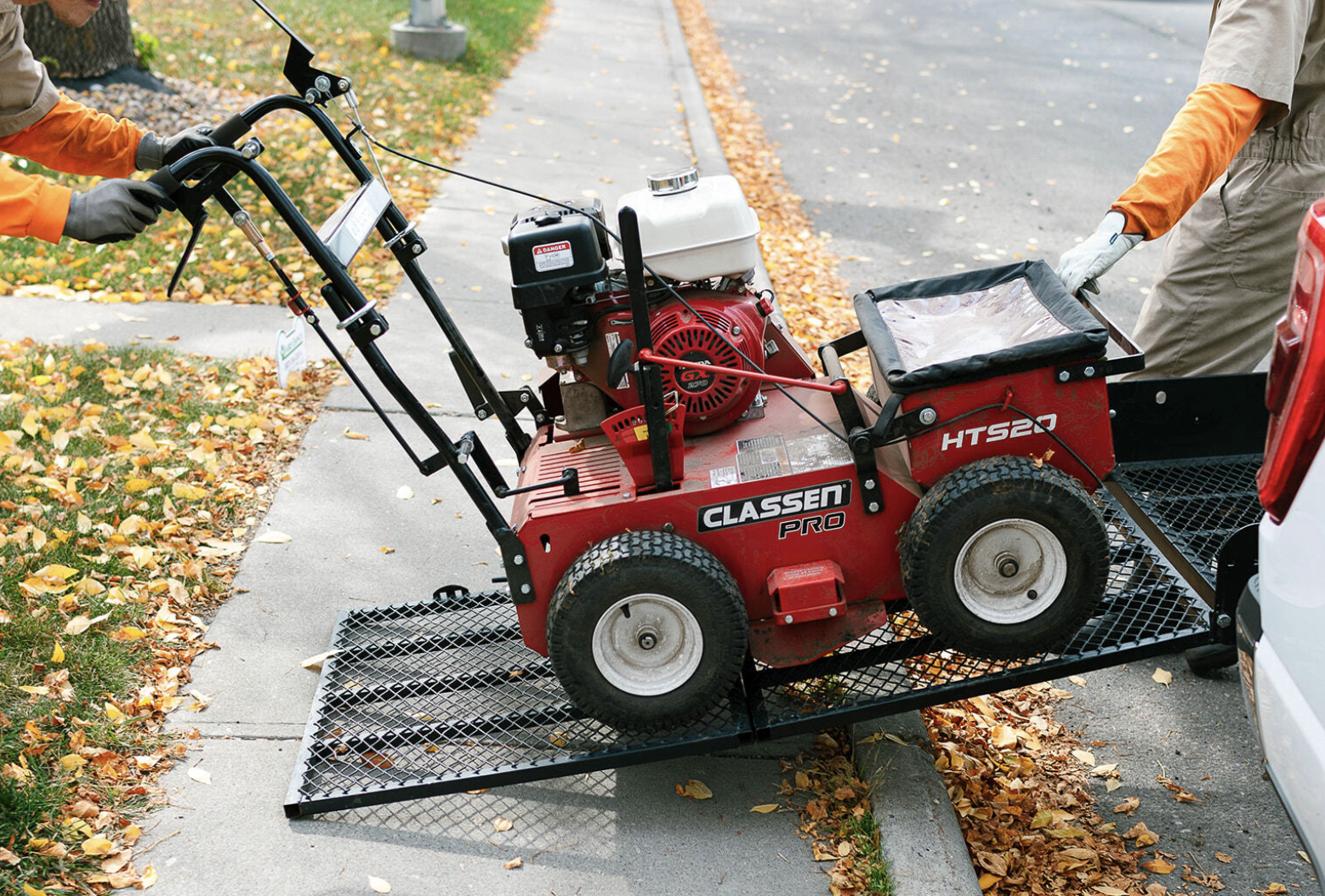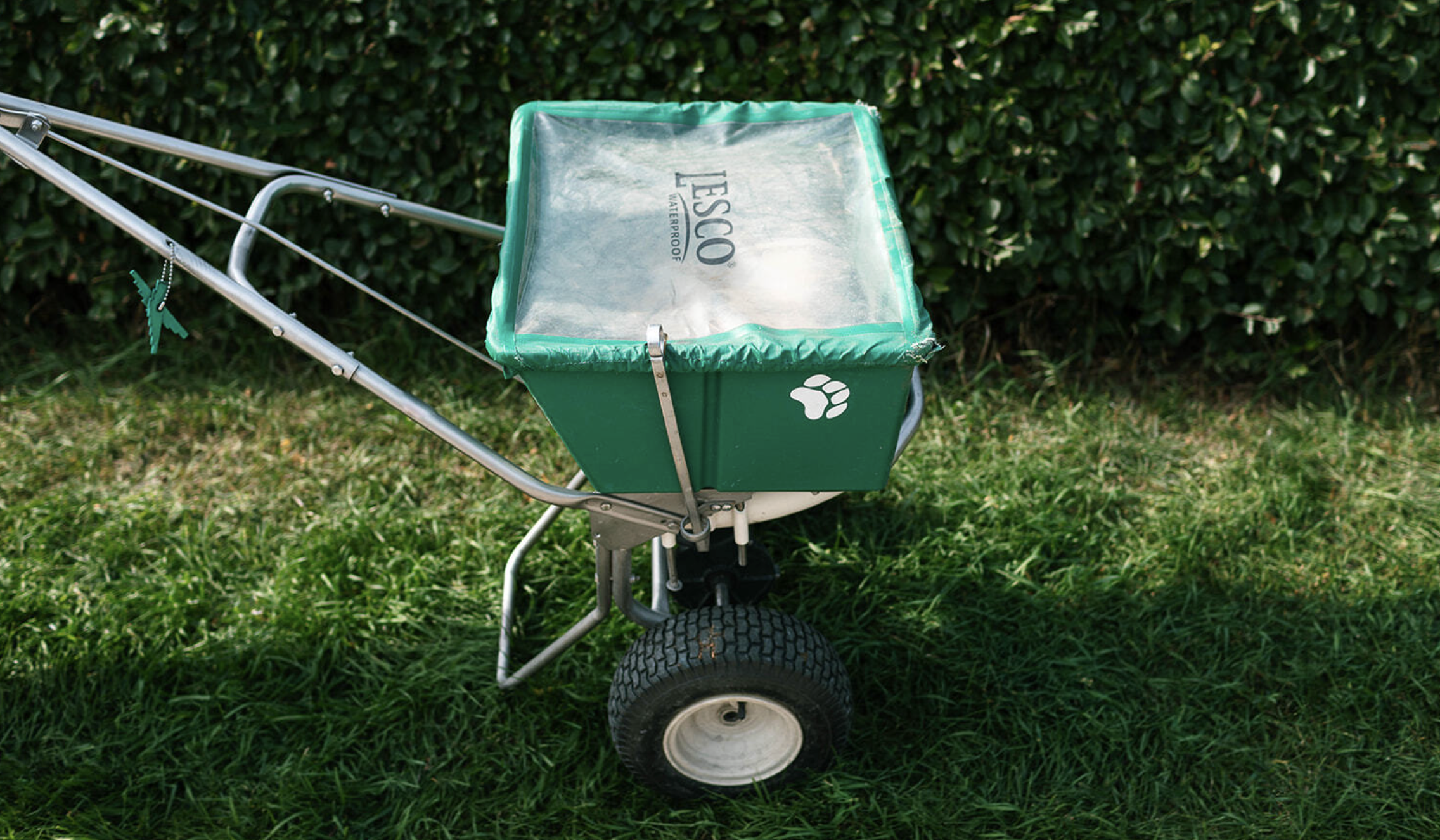A lush, green lawn doesn’t happen by chance. It requires proper care and maintenance. Over time, grass can thin out due to foot traffic, harsh weather, or natural aging.
If your lawn looks patchy, weak, or prone to weeds, it might be time for overseeding. By recognizing the signs early, you can restore thickness, improve resilience, and achieve a healthier lawn this spring.

What is Overseeding
Before diving further into the article, let’s start with the basics.
Overseeding is the process of spreading grass seed over an existing lawn to improve its density, fill in bare spots, and enhance overall health.
Unlike starting from scratch, overseeding works with your current grass to introduce new growth, strengthen weak areas, and increase resistance to weeds, pests, and diseases. It's an effective way to rejuvenate a thinning lawn without tearing it up and starting over.
Signs Your Lawn Needs Overseeding
A healthy lawn is one that is vibrant, thick, and resilient. However, many factors, from weather to maintenance techniques, can affect your lawn’s health. If your lawn is weak, you will notice signs such as stunning grass, bare spots, thatches, etc. In this section, let’s briefly overview the main signs that indicate the need to overseed your lawn.
Your Lawn Looks Worn Out
Constant foot traffic, weather changes, and aging grass can leave your lawn looking tired and unhealthy. If your yard seems less vibrant than it used to be, overseeding can help rejuvenate it.
- Grass appears thin, weak, and lacks fullness
- High-traffic areas are especially worn down and compacted
- Lawn struggles to recover after stress, like heat or drought.
There is a lot of Thatch
Thatch is a layer of dead grass and organic matter that builds up between the soil and the grass blades. While a small amount is normal, too much can prevent nutrients and water from reaching the roots.
- A thick, spongy layer sits just above the soil
- Water pools on the surface instead of soaking in
- Grass roots grow into the thatch instead of the soil.
The Grass Isn’t Growing
If your lawn remains stagnant despite watering and fertilizing, it may need new grass varieties to boost growth.
- The grass stays the same height for weeks without visible growth
- Bare spots do not fill in over time
- Weeds start overtaking slow-growing grass.
Discoloration
A healthy lawn should have a rich green color, but fading or yellowing can indicate weak or struggling grass. Overseeding can introduce stronger grass varieties to bring back vibrant colors.
- The lawn appears dull, faded, or yellowish in patches
- Uneven coloring throughout the yard
- Some areas turn brown despite watering and care.
Patches on the Lawn
Bare or thinning spots can make your lawn look unhealthy and uneven. These patches often result from pests, disease, or poor soil conditions.
- Visible areas of exposed soil where grass should be
- Irregular growth with thick grass in some areas and thin in others
- Grass struggles to spread naturally to fill empty spots.
Benefits of Overseeding Your Lawn
Overseeding is a simple yet powerful way to improve your lawn’s overall health and appearance. So, let’s take a look at the main benefits of overseeding your lawn.
Restores Thickness and Fullness
If your lawn looks thin or patchy, overseeding helps fill in the gaps and create a denser, more uniform turf. A thicker lawn not only looks better but also feels softer underfoot.
Improves Lawn Resilience
Adding new grass varieties strengthens your lawn’s ability to withstand foot traffic, weather changes, and other stressors. This means your yard stays greener and healthier throughout the seasons.
Enhances Disease and Pest Resistance
Older lawns can become vulnerable to pests and diseases, leading to dead patches and weak growth. Overseeding introduces stronger, disease-resistant grass that can outcompete threats and stay healthy longer.
Reduces Weed Growth
A thick, healthy lawn naturally crowds out weeds by limiting space for them to take root. With overseeding, you improve your lawn’s density, making it harder for invasive plants to spread.
Increases Drought Tolerance
Newer grass varieties are often more drought-resistant, requiring less water to thrive. Overseeding can help your lawn retain moisture better, reducing the need for constant watering during dry spells.
Boosts Curb Appeal
A lush, vibrant lawn instantly improves the look of your home. Whether you’re planning to sell or just want to enjoy a greener yard, overseeding is an easy way to elevate your outdoor space.
Improve Your Lawn’s Appearance with Yard Dawgs
Overseeding can transform your lawn, but timing, seed selection, and proper lawn care are key to success. If you want professional results without the guesswork, Yard Dawgs Lawn Care offers expert overseeding services to help you achieve a thick, healthy lawn.


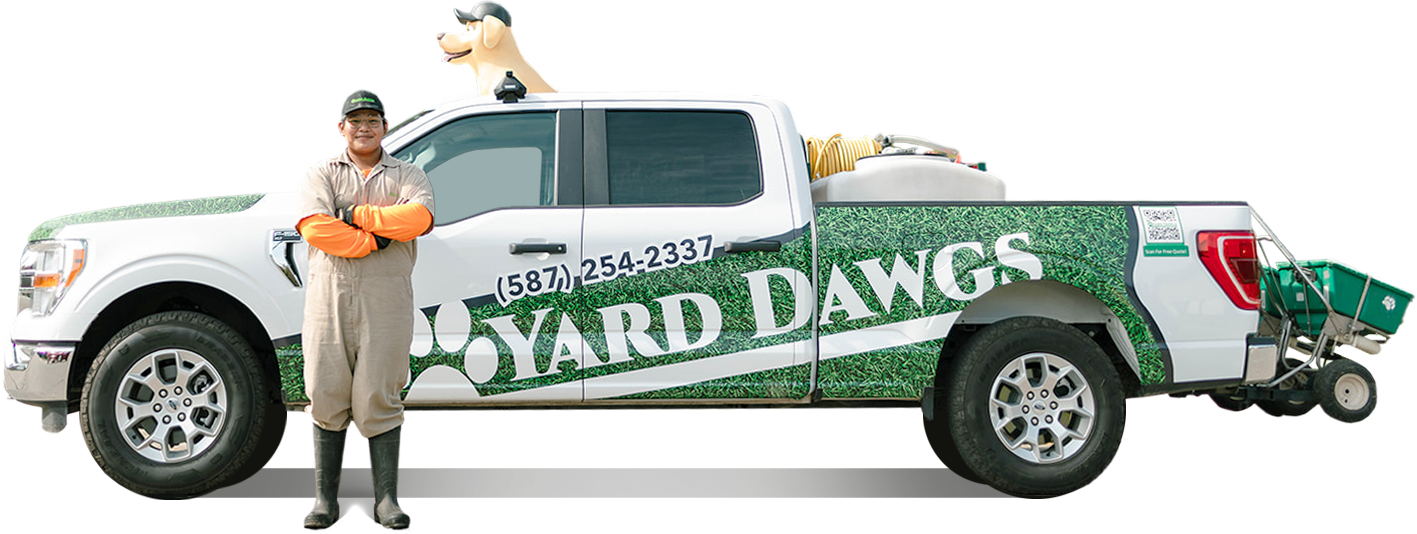


.png)
